There are several tiger plecos of the genus Panaqolus. First L2 was imported from the Rio Tocantins and introduced in 1988 in the very first “L-catfish article” in the Datz. In 1992, LDA1 from the Rio Negro was added, which was given the additional L number 169 in 1994. The tiger pleco presented in 2001 as LDA64 and a little later (2002) again as L306 comes from the Takutu River in the border region of Guyana and Brazil; this species is the only one that has been scientifically studied to date. It has been named Panaqolus claustellifer in 2016. Tiger plecos from the Rio Anapu in Brazil received two L-numbers. L374 comes from its upper reaches and L403 from its lower reaches. They received their L-numbers in 2004 and 2006. We received animals that were visually indistinguishable from L374 in 2014 with the locality designation “Alto Nhamunda” (https://www.aquariumglaser.de/en/10-catfishes/10b-catfishes-suckermouths-plecos-and-l-numbers/panaqolus_sp_alto_nhamunda_en/). The Rio Nhamunda forms the border between the states of Amazonas and Pará. Almost all known localities of tiger plecos are therefore in the state of Pará in Brazil, the only exception being P. claustellifer.
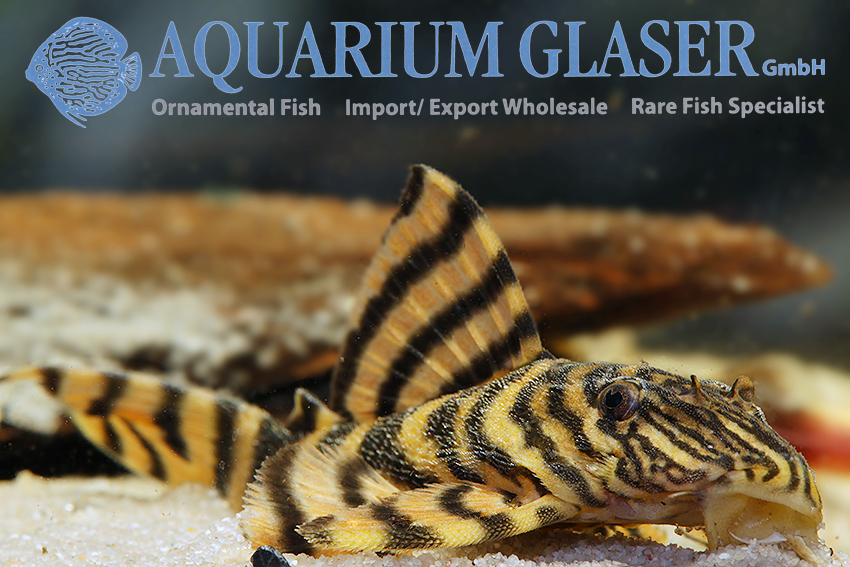
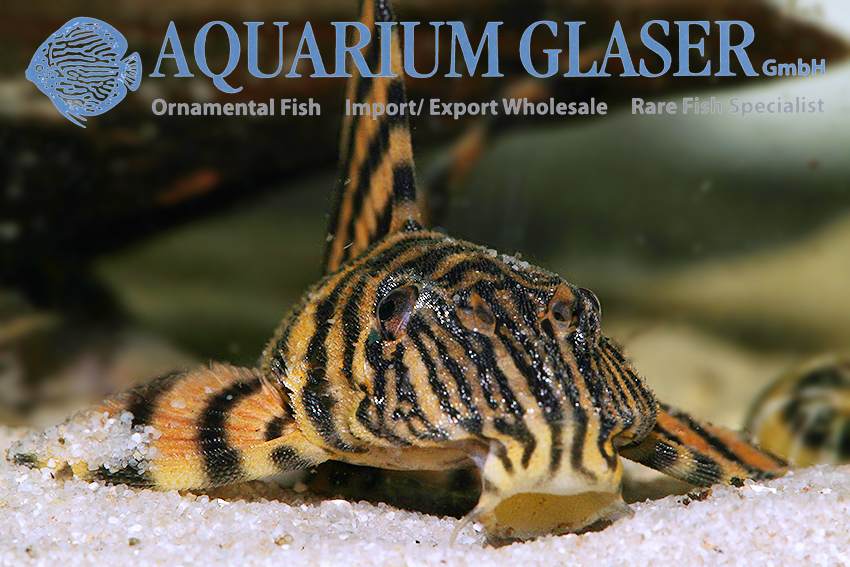
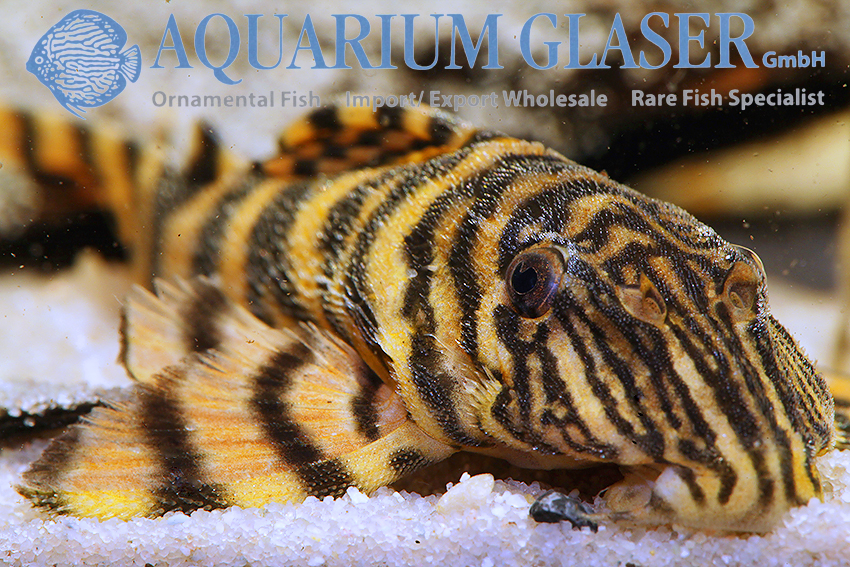
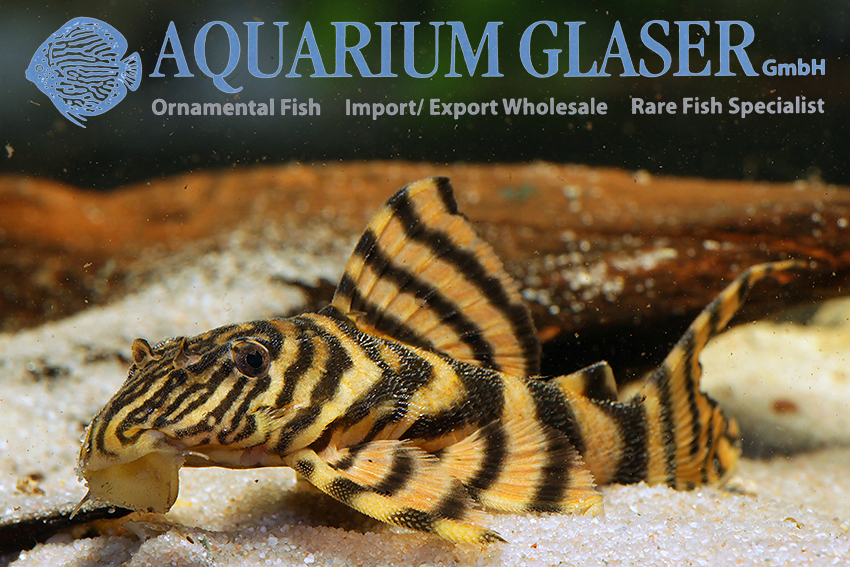
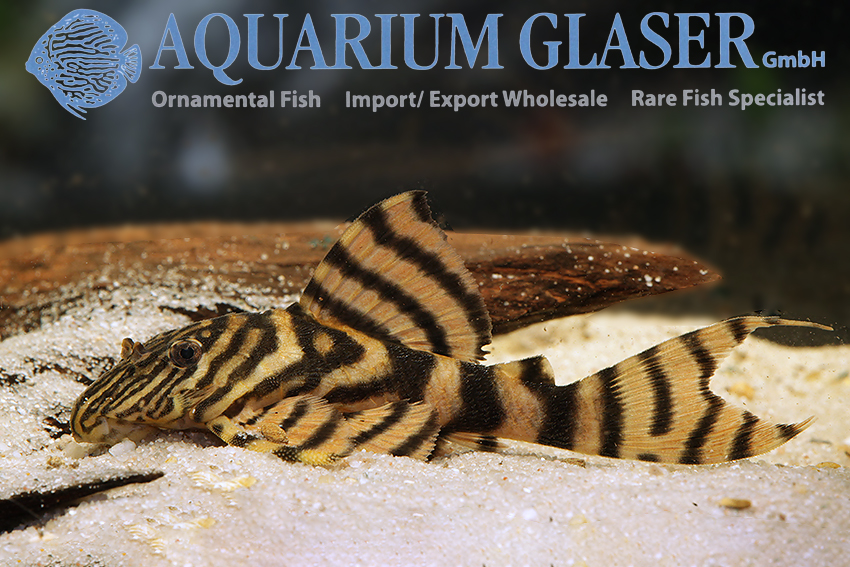
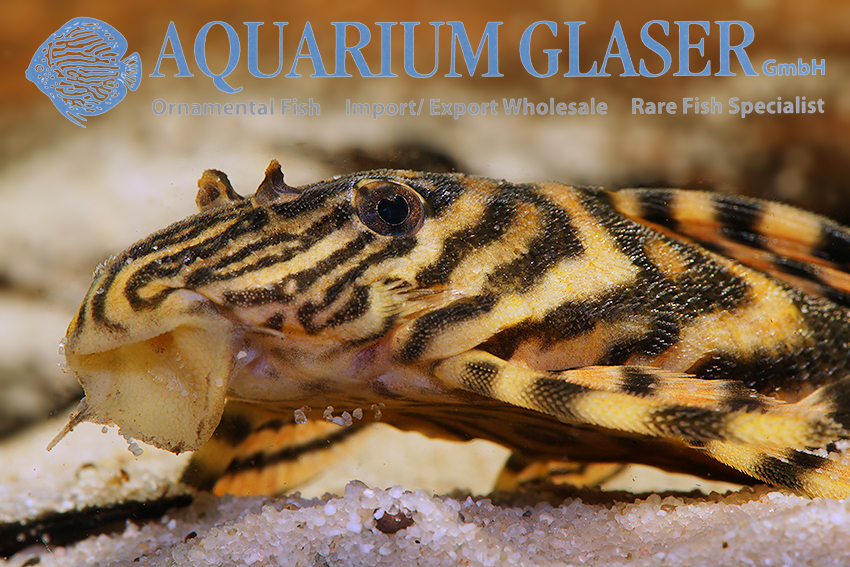
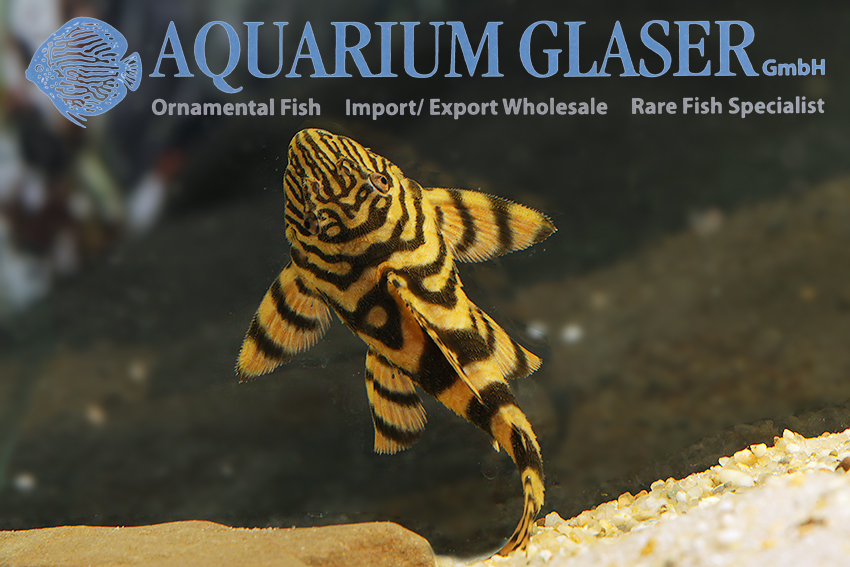
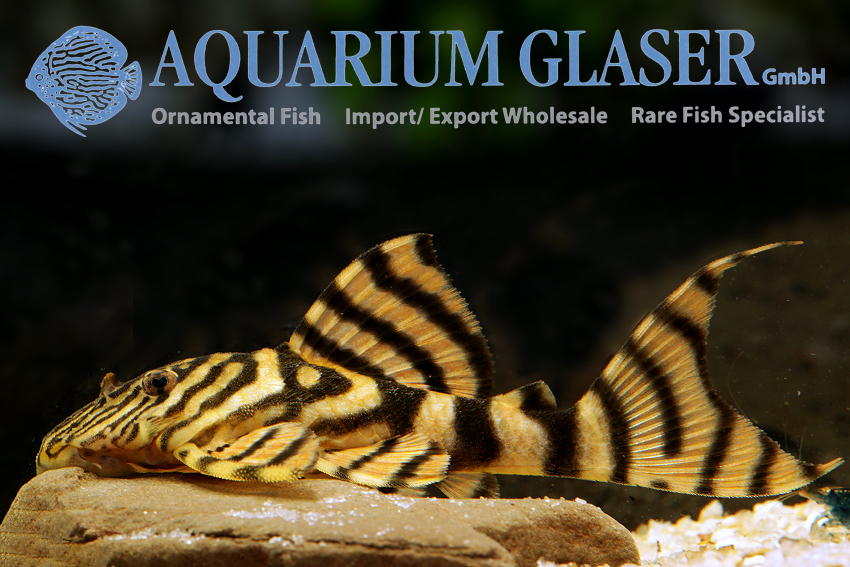
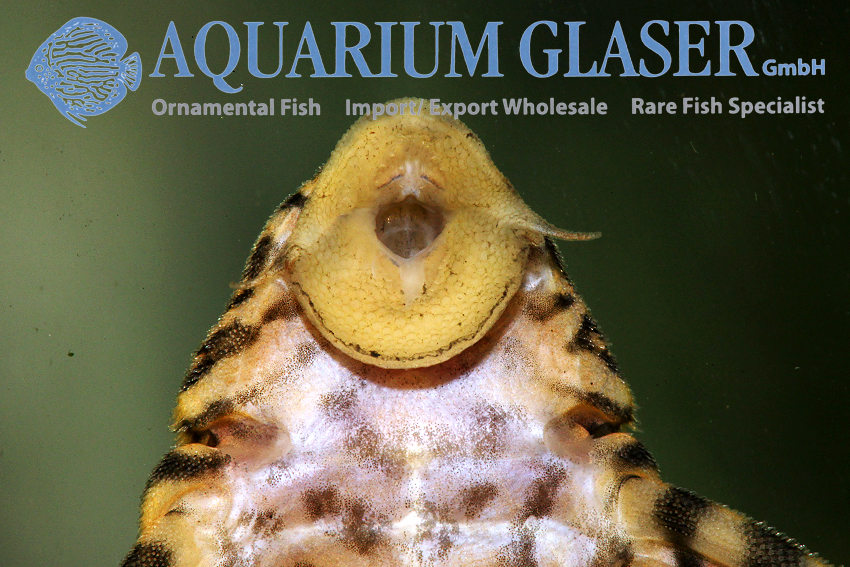
There are two established aquarium strains of L374; the species is hardly ever imported as a wild catch. The first aquarium strain originates from animals imported by Jens Gottwald in 2003, the second from a strain imported by Transfish at the end of 2003. The two strains differ slightly in color in that the so-called Gottwald strain has more orange in its coloration, while the Transfish strain is somewhat more greyish. Both retain their contrasting coloration even in old age. The animals reach a length of 13-15 cm.
We can currently offer very nice offspring of L374 of the “Gottwald strain”. All tiger plecos are easy to care for. They require clean, low-germ water, which should not be too hard and slightly acidic. The water temperature can range from 25-29°C. All Panaqolus need soft wood as a basic food source and can be additionally fed all kinds of vegetables. Any common ornamental fish food is also accepted, but you just have to be careful that the specialized wood-eaters with their very long intestines do not get too much of it, otherwise there may be severe digestive problems. Only one species of tiger catfish should be kept per aquarium, otherwise they may cross-breed. They are typical cave breeders with a father family.
For our customers: the animals have code 26480-L 374X-2 (5-7 cm) on our stock list. Please note that we only supply the wholesale trade.
Text & photos: Frank Schäfer




